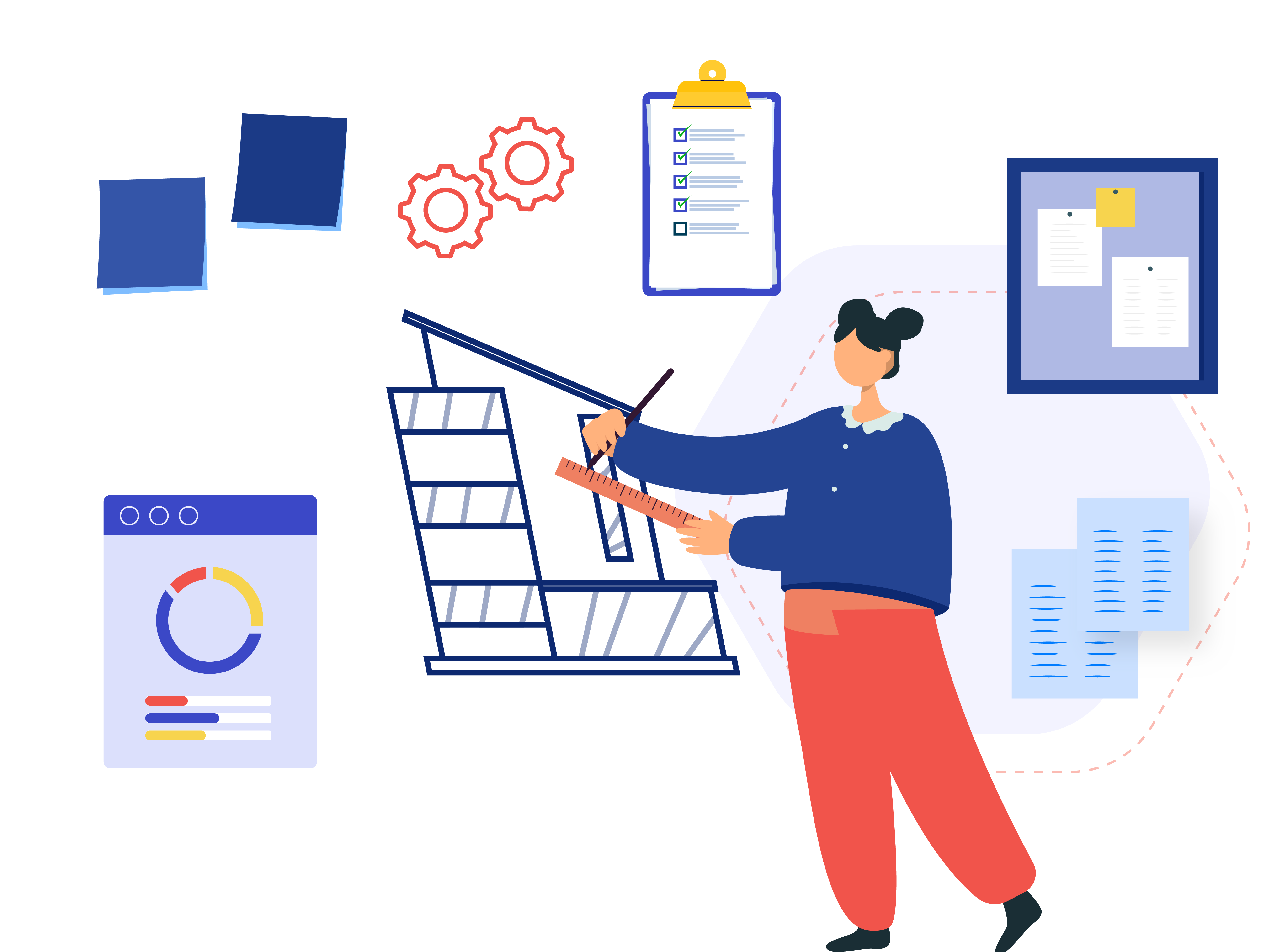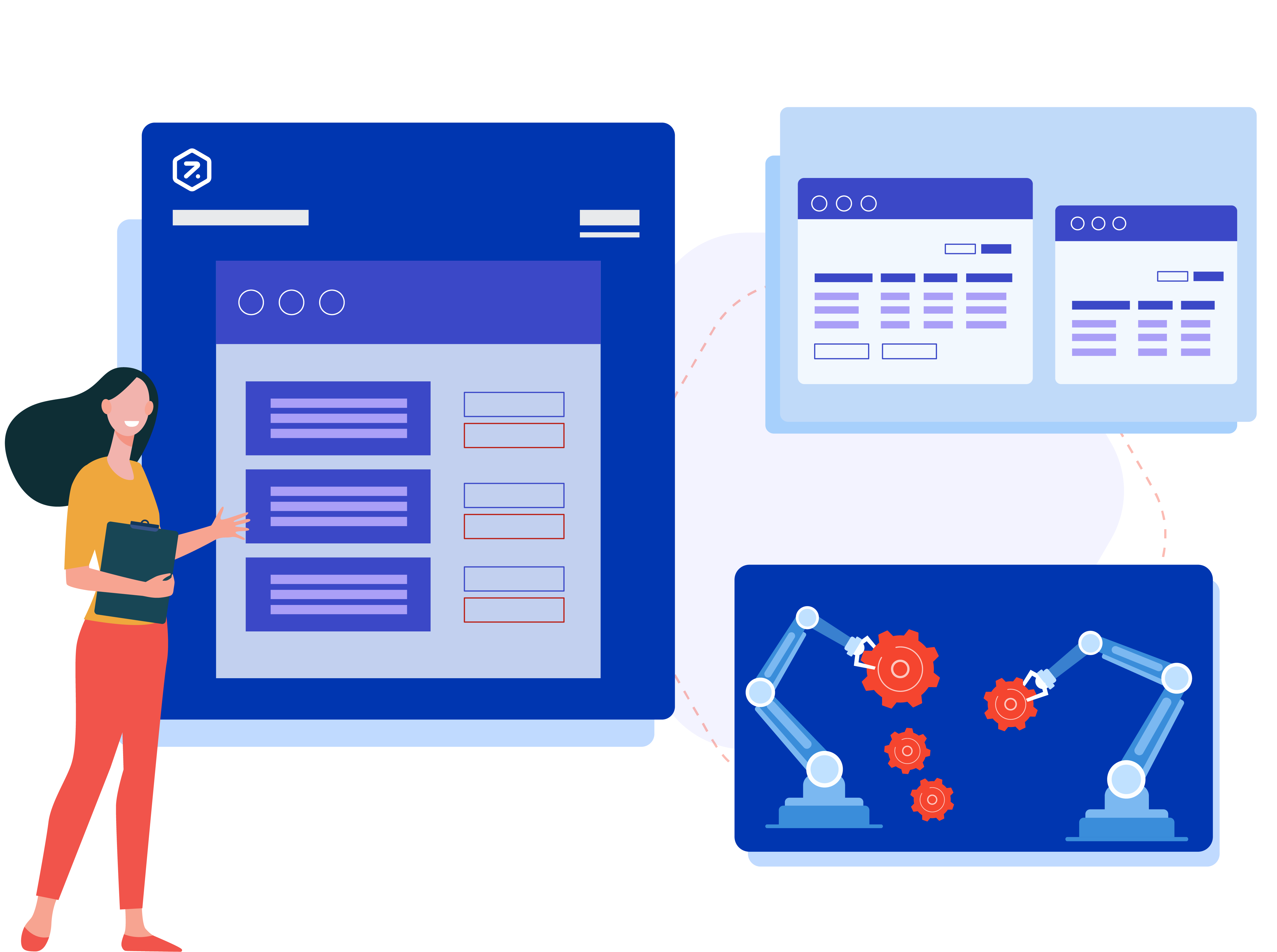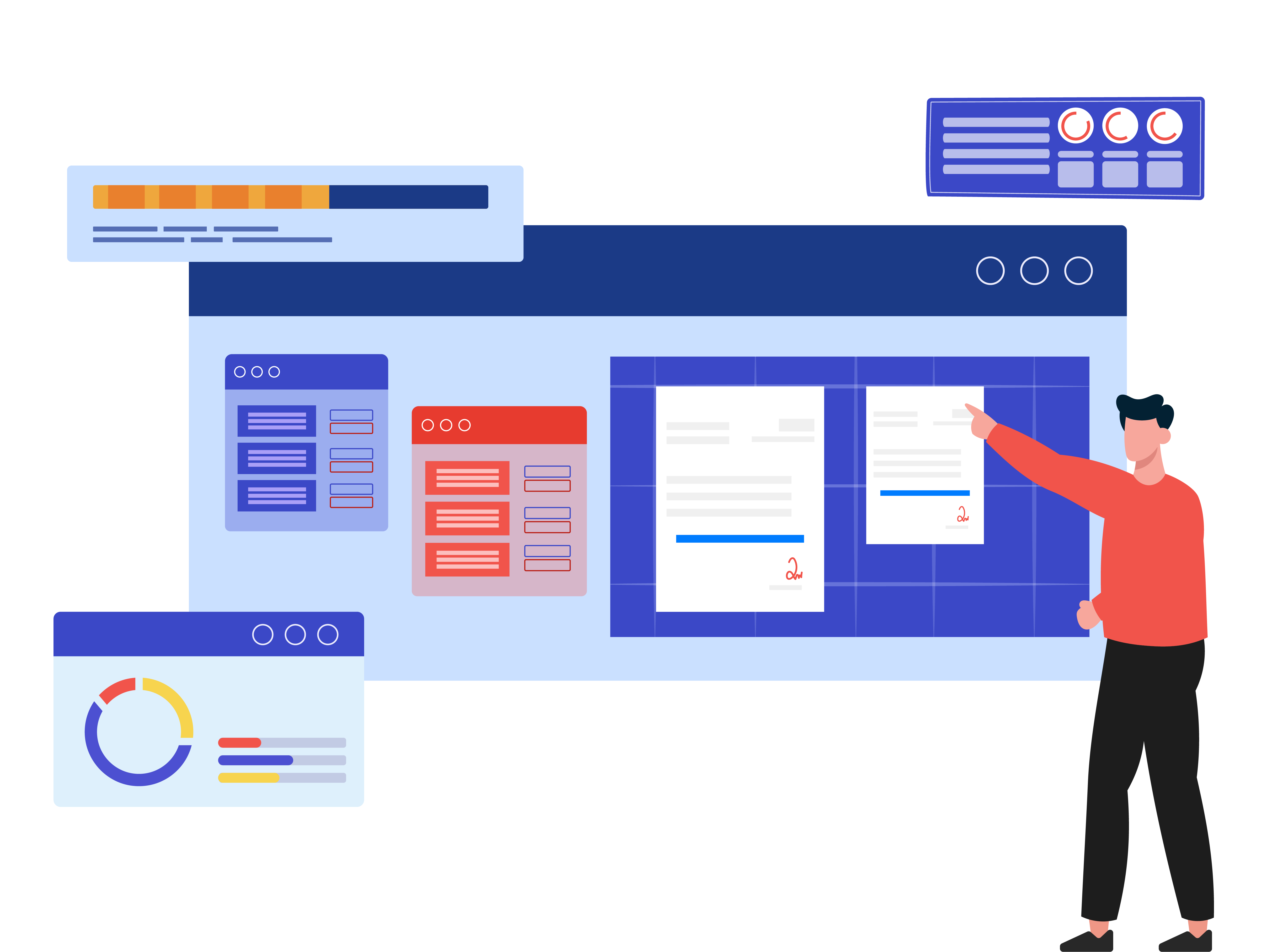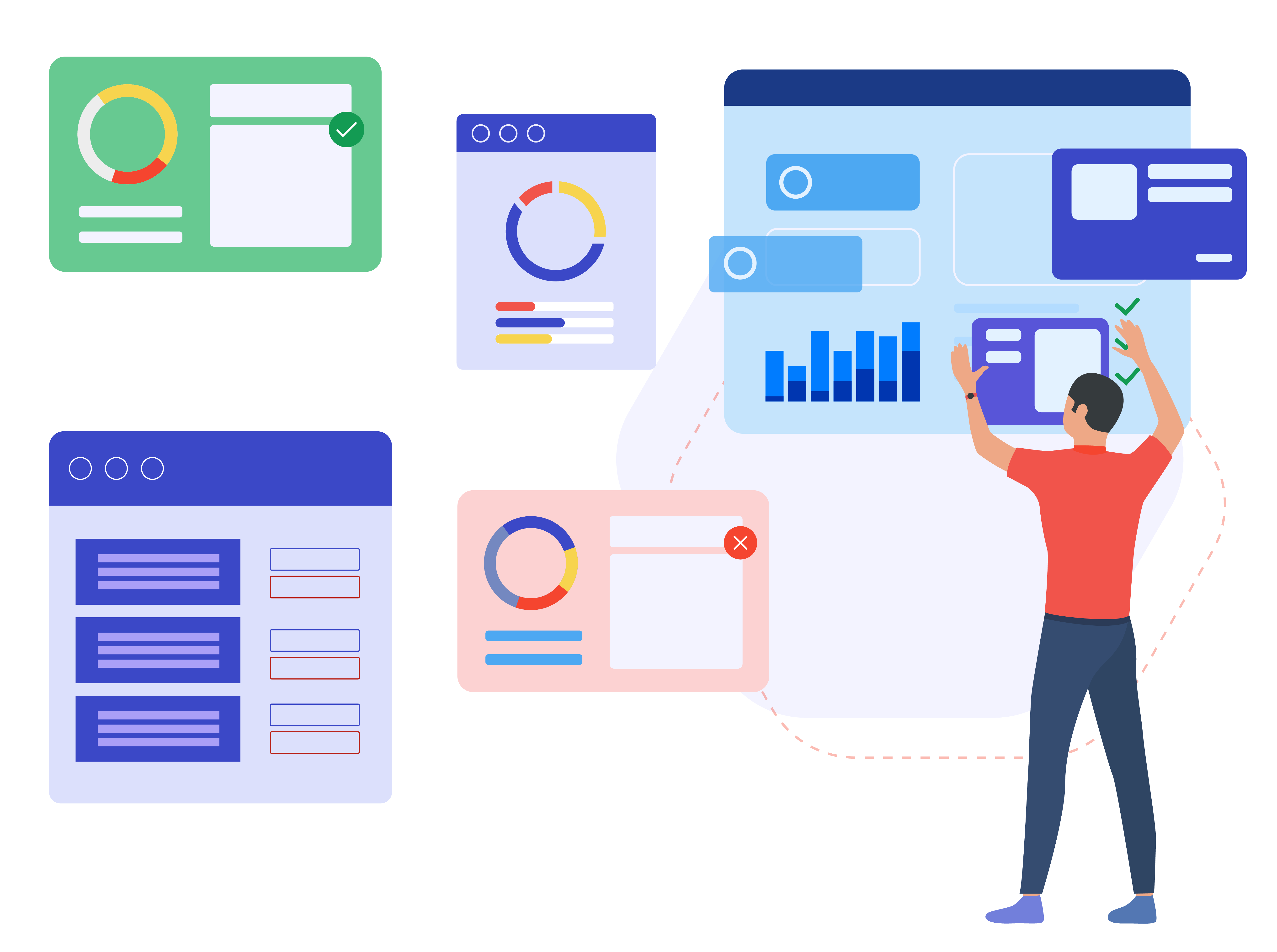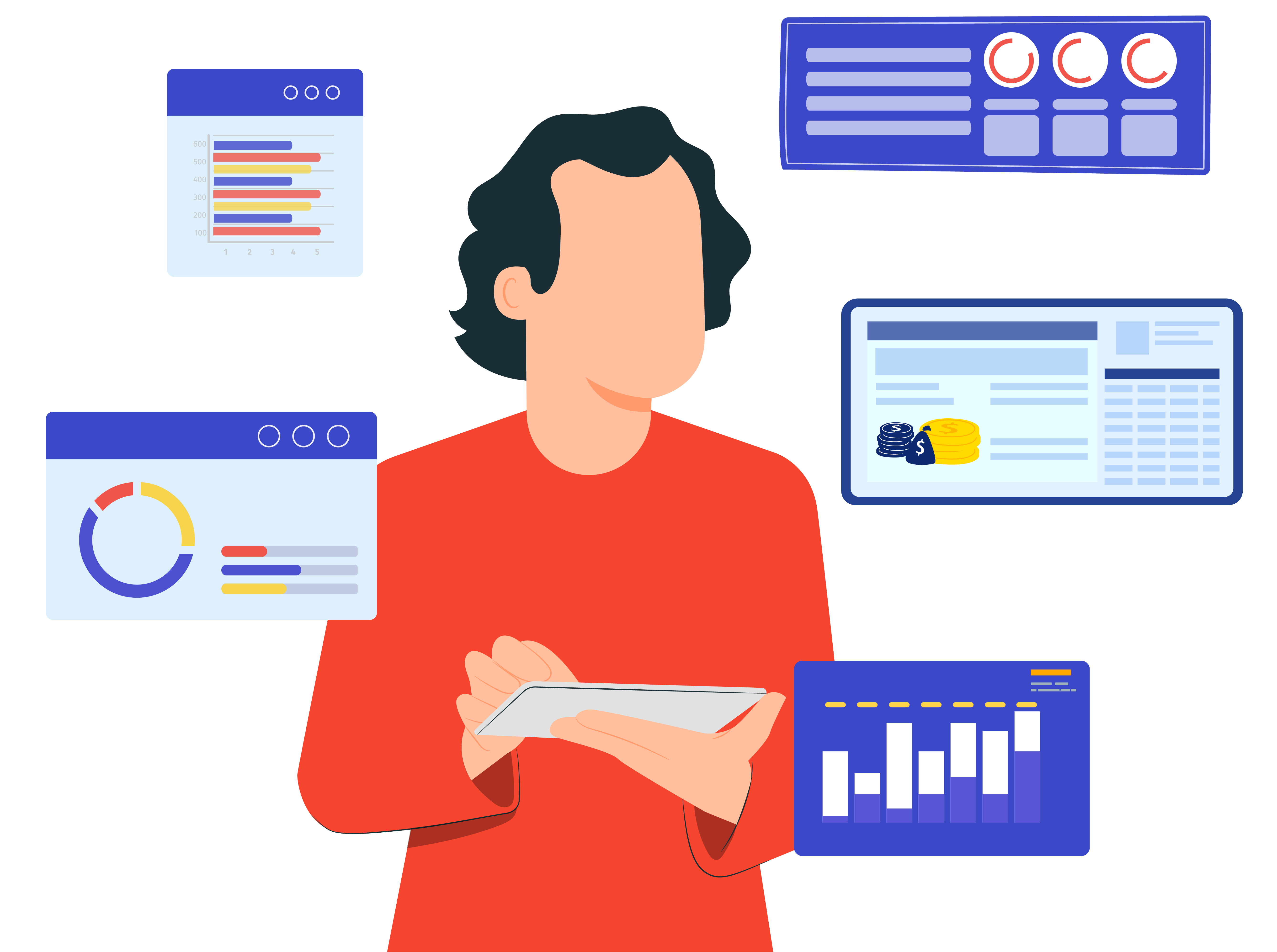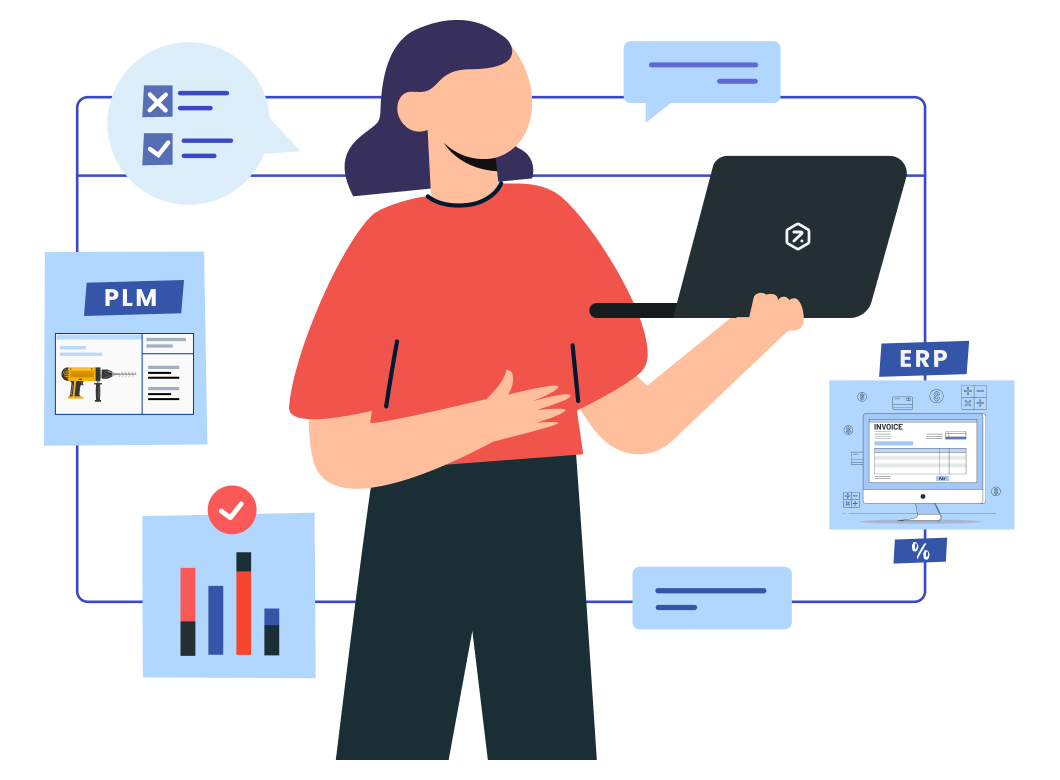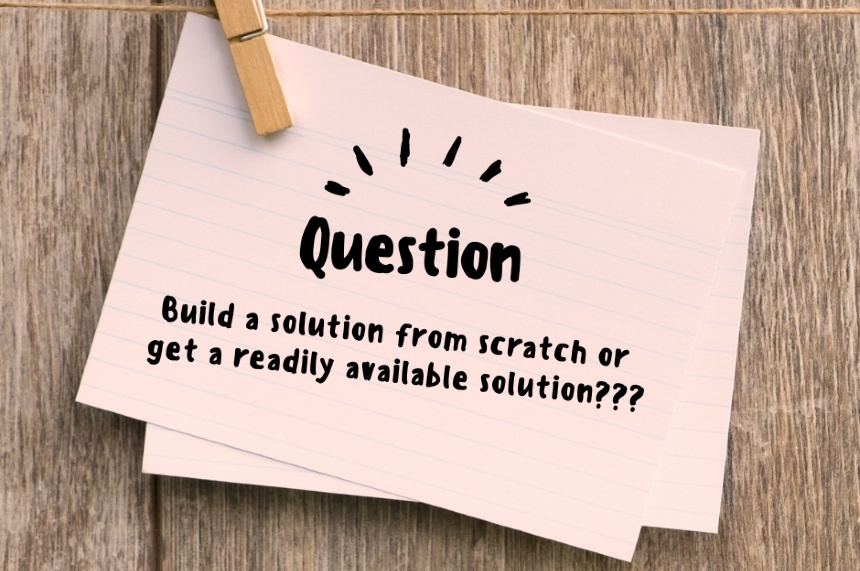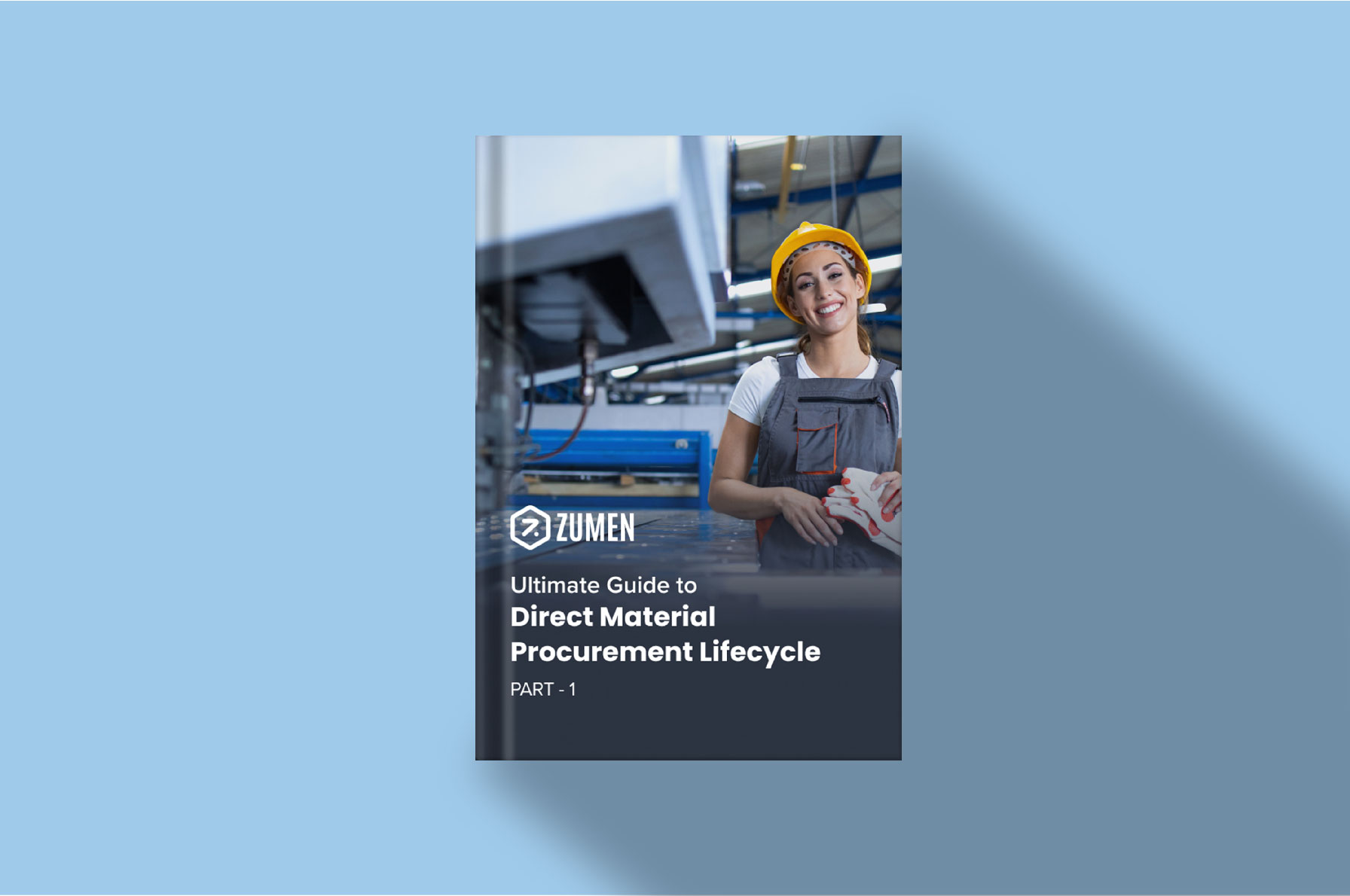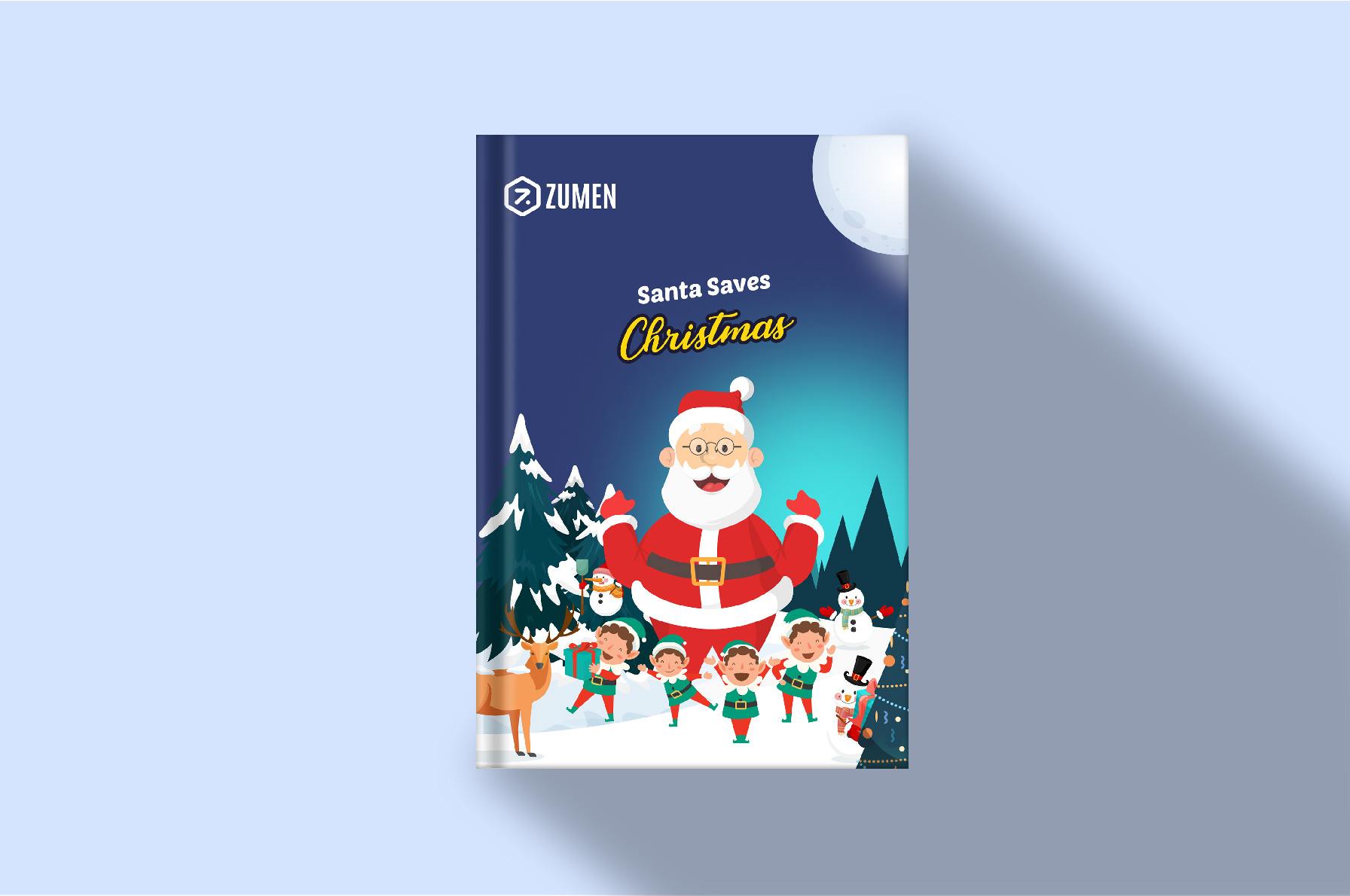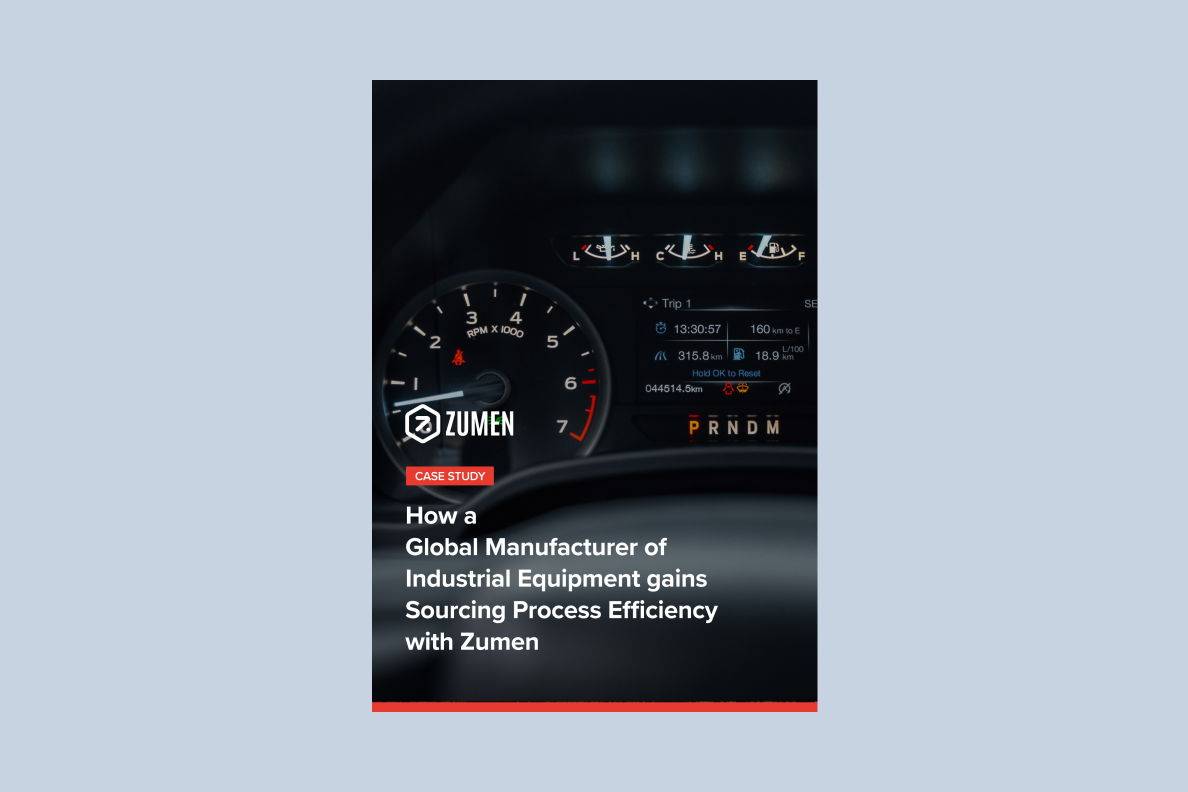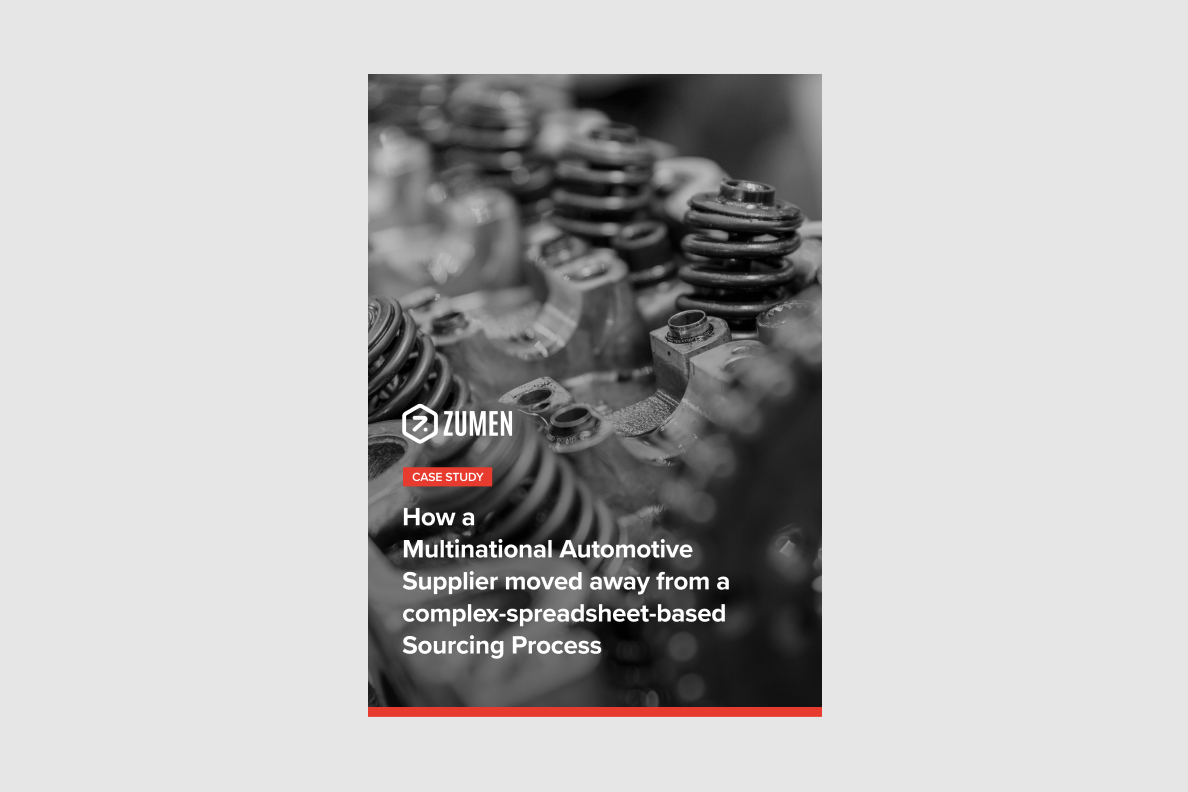Procurement Technology Strategy : Long Road Ahead
Business | June 16, 2022 | By
Procurement technology
for the Direct Material Procurement lifecycle is nowhere near where it needs to be. Even after 2-3 decades of technology development in enterprise IT for the manufacturing space, most organizations still struggle to get an enterprise-wide or comprehensive view of projects’ status during new product development, the status of programs and build plans, etc.
For example, the current systems do not help the user choose the right supplier or fail to support what the ‘should price/cost’ ought to be. Moreover, while most manufacturing companies still use emails and spreadsheets to manage the direct material procurement lifecycle, fully or in part, the rest use disconnected legacy systems, to raise RFPs, send RFQs, and receive supplier quotations. All companies then release Purchase Orders (POs) through their ERP, which are, in almost all cases, shared with their suppliers through emails. This disconnected execution of the process has led to companies realizing the need for Procurement software dedicated to the complete manufacturing procurement lifecycle management.
Before moving any further, let us keep the context of this discussion within procurement and supply chain. Right, moving on now.
How did we get here?
To answer this question, let us get back to the 1960s and the 70s when the evolution of Enterprise Resource Planning systems for manufacturing started. Before the 1960s, companies relied on traditional ways of managing inventory. They are popularly known as the Classical Inventory Management or Scientific Inventory Control Systems. However, such methods had very little scope. Then, in the mid-1970s, Material Requirement Planning (MRP) became the fundamental system for production management and control and is considered the first stage in the evolution of ERP. Here is how.
Take your good ol’ four-legged chair with, well, 4 legs, 2 arms, and a single piece of the backrest. Now, imagine this chair is manufactured in a plant with a total capacity of 1000 chairs per day. The total parts required to make these many chairs are 4000 legs, 2000 arms, and 1000 backrests. The company that manufactures these chairs needs to maintain an optimum inventory level to cut down costs and raw materials wastage. Now, a typical automobile plant with thousands of parts has to face the same problems in the order of higher magnitude. MRP systems address this need. With the processing power of computers, databases to store lead times and order quantities, and algorithms to implement Bill-of-Material (BOM) explosion, MRP systems streamlined the process of material planning in discrete manufacturing companies.
The Manufacturing Resource Planning (MRP II) systems soon followed suit covering the entire gamut of manufacturing. These systems could determine whether a given production schedule was feasible or not based on material availability, production facilities, machine capacities, and precedence sequences. They could also check the feasibility of the production schedule by considering the constraints, adjusting the resources loading, and planning the materials based on the production schedule. Over time, MRP and MRP II have become the backbone of manufacturing companies.
In parallel, the need for monitoring transactions across enterprises, driven by accounts and finance, became very essential for the companies to continue to operate. These systems became what is globally referred to as Enterprise Resource Planning (ERP) software. And as time progressed, MRP and warehouse management rolled into the ERP. Collectively, they keep the operations of the enterprise alive.
The Modern Era of Procurement Technology
The modern era of procurement technology dates back to the early 2000s when a series of procurement start-ups, bolstered by the dot-com frenzy, came into the market with a mission to accelerate sourcing activities. They provided best-of-breed solutions, a highly-specialized software designed for specific areas. Companies such as Free Markets (Reverse auctions), Webango (RFPs), and diCarta (Contract Management) are some of the examples of the best-of-breed or point solutions that proved highly popular with the users. But, at the same time, this was the period when the suite migration also happened.
Companies such as SAP, Oracle, and Ariba (then a separate company) decided to extend their systems into procurement, which started an acquisition trend. SAP bought Ariba, and IBM bought Emptoris (that was once acquiring other smaller companies on its own). These acquisitions convinced people that bigger and broader solutions were the way to go. Best-of-Breed solutions could no longer compete, despite possessing better technologies. What they lacked then was that they could not integrate with the native ERPs, and could not provide more than one or two solutions. These put immense pressure on the point solutions. And, customers locked themselves with multi-year contracts with the big suite solutions leading to the collective dissatisfaction we see today.
Despite the obstacles, many technology start-ups continued to emerge in the past few years. One of the reasons for this best-of-breed boom is the startup-driven success formula by concentrating and building around specific use cases. Another reason is that the solutions are built on modern architectures, cloud technology, machine learning, and the likes and provided a fresh take on the sourcing concepts. Though the functionality of these systems is similar to the previous ones, they are faster, more intuitive, and easy to use. These technologies allow applications to seamlessly connect and enable smooth information exchange, with no custom coding required. More importantly, the emergence of cloud technology has allowed the cost of development to come down drastically, helping start-ups to build these point solutions to solve these use cases in ways the larger solutions built on older technology foundations cannot accomplish within a reasonable time/cost. They offer companies the best possible functionality and the ability to add and subtract quickly, as and when needed. For example, one might use Concord for contract management but still use Tamr for tail-spend management. It is important to note that the need for traditional systems will not go away, but they face continuous challenges from the emerging players to make their software more agile.
Procurement Have Plenty to Choose From
The excitement around enterprise IT is so intense these days and will continue to see significant action, rapid expansion, and evolution in the next decade. Particularly in the direct material procurement lifecycle, the current crop of legacy ERP software providers have yet to bridge the wide chasm in the process. On the other hand, despite the boom of SaaS providers in the procurement space, many companies are still skeptical to pick and choose the best.
Procurement professionals now have plenty to choose from. They have to successfully navigate a sea of choices, a few of which overlap in their functionality. The challenge for procurement and their IT organizations is to figure out how to integrate these applications with each other to provide a seamless process, not just for them, but for other business stakeholders as well. Having a well-thought-out technology strategy for procurement software is more important than ever. It’s a long road ahead. The winners will be those who make the lives of stakeholders, such as IT managers, procurement and sourcing teams, and of course their business leaders, easier.
The success of cloud computing and the last few years of global upheavals have only added fuel to the fire.
